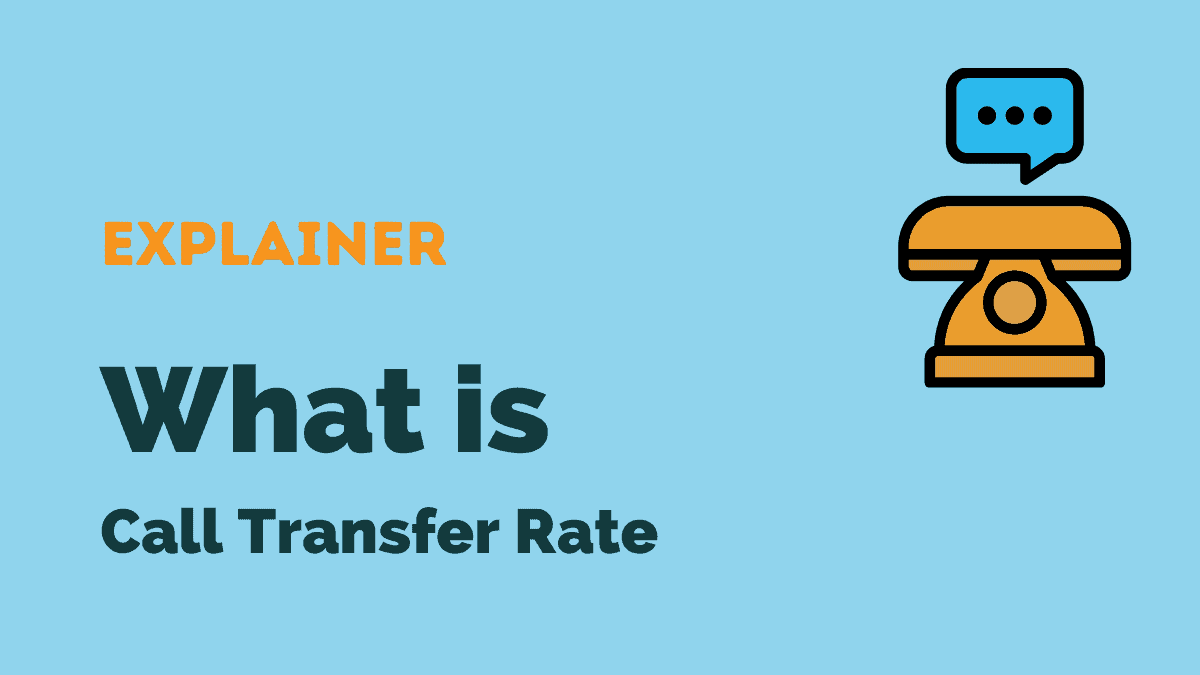Call Transfer Rate (CTR) is the percentage of total calls that are transferred from one agent to another agent or resource. The transfer may be at the request of the caller, an escalation to someone more senior or to complete a process with a specialist team.
In most cases, call transfers are seen as negative; contact centers are generally aiming to reduce their CTR.
Let’s look at why call transfers happen, starting with how you can calculate your call center’s rate and the variables around your findings.
How to measure call transfer rate
This equation depicts how to calculate your call transfer rate.
Why call transfers happen
New contact center agents often need to transfer calls to more experienced agents. Many contact centers combat this with skills-based call routing; only the simplest and most everyday queries are routed to new agents, while veterans handle the tough ones.
Some contact center processes include call transfers by design. For example, certain areas of service are highly specialized. Customer retention teams often step in to work with customers who are thinking about leaving.
Similarly, a single query from a customer may have a service component and a technical component. Although call transfers are generally considered a bad thing, the cost of training agents to handle both areas is likely to be counterproductive.
How to decrease call transfer rates
You can start decreasing CTR by making sure your agents are knowledgeable about your product. Training sessions, refresher exercises and mentorship programs are simple ways to achieve this.
Modern contact centers also rely on agent guidance and call scripting solutions based on Natural Language Understanding to onboard and upskill agents far more rapidly.
Improving your call routing is the single most effective way to decrease call transfers.
Configurable No-Code call routing tools enable more sophisticated strategies with relatively little effort.
Using customer data from CRM and Helpdesk – as well as data that customers provide in IVR – makes it simple to route them to the right resource by default.
That means that the call lands with an agent who has the right skills. It also means that the agent receives all relevant information (usually as a screen-pop) to successfully complete the interaction.
Are you using any of the technologies and strategies we’ve suggested above to avoid annoying your customers with call transfers? If not, a good first step is always looking at how you can automate more work in your contact center to reduce costs and improve performance.




